Related Research Articles

Riding the Bullet is a horror novella by American writer Stephen King. It marked King's debut on the Internet. Simon & Schuster, with technology by SoftLock, first published Riding the Bullet in 2000 as the world's first mass-market e-book, available for download at $2.50. That year, the novella was nominated for the Bram Stoker Award for Superior Achievement in Long Fiction and the International Horror Guild Award for Best Long Form. In 2002, the novella was included in King's collection Everything's Eventual.

The Boys of Summer is a 1972 non-fiction baseball book by Roger Kahn. After recounting his childhood in Brooklyn and his life as a young reporter on the New York Herald Tribune, the author relates some history of the Brooklyn Dodgers up to their victory in the 1955 World Series. He then tracks the lives of the players over the subsequent years as they aged. The title of the book is taken from a Dylan Thomas poem that describes "the boys of summer in their ruin".
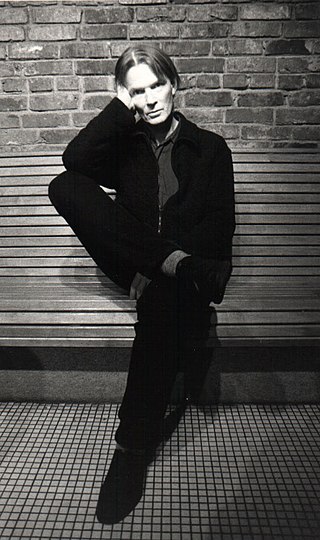
James Dennis Carroll was an American author, poet, and punk musician. Carroll was best known for his 1978 autobiographical work The Basketball Diaries, which inspired a 1995 film of the same title that starred Leonardo DiCaprio as Carroll, and his 1980 song "People Who Died" with the Jim Carroll Band.
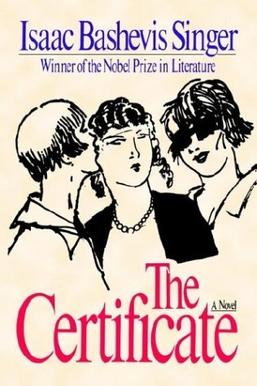
The Certificate is a novel by Isaac Bashevis Singer, published in English in 1992. David Bendinger, a poor, young Yiddish writer wishes to emigrate to Palestine from Poland, and because married couples are given preference, he tries to arrange for a marriage certificate to be purchased for him by a wealthy woman whose fiancee lives in Palestine. The narrative deals with the abject poverty of David, as well as his Jewish heritage, and details the rise of both Communism and Zionism.
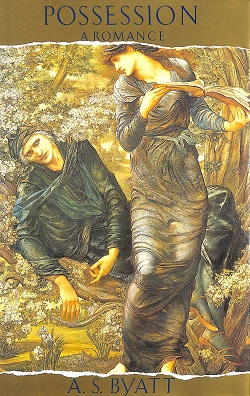
Possession: A Romance is a 1990 best-selling novel by English writer A. S. Byatt that won the 1990 Booker Prize for Fiction. The novel explores the postmodern concerns of similar novels, which are often categorised as historiographic metafiction, a genre that blends approaches from both historical fiction and metafiction.
Christopher Lehmann-Haupt was an American journalist, editor of the New York Times Book Review, critic, and novelist, based in New York City. He served as senior Daily Book Reviewer from 1969 to 1995.
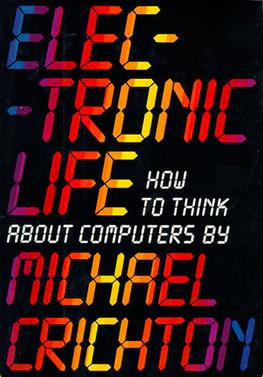
Electronic Life is a 1983 nonfiction book by Michael Crichton, an author better known for his novels. It is his third non-fiction book.

Life and Death in Shanghai is an autobiographical memoir published in November 1987 by Chinese author Yao Nien-Yuan under the pen name Nien Cheng. Written while in exile in the United States, it tells the story of Cheng's arrest during the early days of the Cultural Revolution, her more than six years' of confinement, persecution, efforts to leave China, and life in exile.
Ronald Sukenick was an American writer and literary theorist.

Anthony Bruce Summers is an Irish author. He is a Pulitzer Prize Finalist and has written ten non-fiction books. He worked for the BBC in current affairs coverage as a producer and then as an assistant editor of the long-running investigative documentary series Panorama. His first book was published in 1976.

Sailor Song is a 1992 novel written by Ken Kesey. The only work of long fiction solely written by Kesey after Sometimes a Great Notion (1964), Sailor Song depicts the lives of the residents of Kuinak, a small town in Alaska, thirty years in the future – the 2020s.
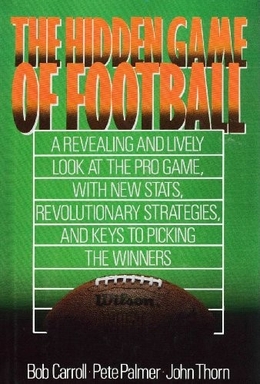
The Hidden Game of Football: A Revolutionary Approach to the Game and Its Statistics is a book on American football statistics published in 1988 and written by Bob Carroll, John Thorn, and Pete Palmer. It was the first systematic statistical approach to analyzing American football in a book.

Joseph Paul Lash was an American radical political activist, journalist, and writer. A close friend of Eleanor Roosevelt, Lash won both the Pulitzer Prize for Biography and the National Book Award in Biography for Eleanor and Franklin (1971), the first of two volumes he wrote about the former First Lady.
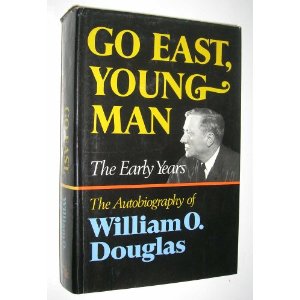
Go East, Young Man: The Early Years is a memoir written by United States Supreme Court Justice William O. Douglas. It describes his childhood and early adult life, ending with his appointment to the Court in 1939 at age 40. The title, a play on the famous American expression "Go West, young man", alludes to Douglas's upbringing in the Western United States – being uprooted often, eventually landing in Yakima, Washington – followed by his legal education and professional success in the Eastern United States. It was published by Random House in April 1974 and is 493 pages long.
Good Times, Bad Times is a book, published in 1983, that details Harold Evans' editorship of The Sunday Times and his short-lived editorship of The Times. Written shortly after his departure from The Times, it is particularly critical of the newspaper's owner, Rupert Murdoch. The allegations contained within the book resulted in questions being asked in Parliament. Critics regarded the book as well-written but partisan and were divided as to how convincing they found the arguments it contained. The book was re-issued in 2011 with an updated preface in the wake of the News International phone hacking scandal.
Stalin, a 1997 biography by Edvard Radzinsky of Joseph Stalin, reflects the author's research in Russia's secret archives and consultation with living sources. Radzinsky was allowed to access some documents from the secret Soviet archives after the dissolution of the Soviet Union.
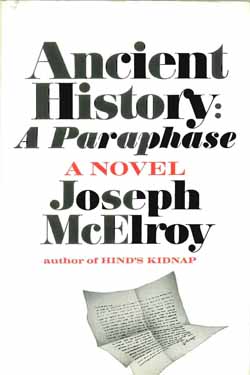
Ancient History: A Paraphase is Joseph McElroy's third novel, published in 1971. It presents itself as a hastily written essay/memoir/confession. The character Dom is sometimes described as a fictionalized Norman Mailer.
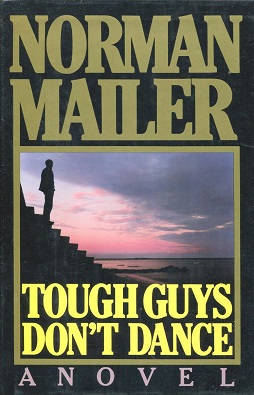
Tough Guys Don't Dance (1984) is a noir thriller and murder mystery novel by American writer Norman Mailer reminiscent of the works of Dashiell Hammett, Mickey Spillane, and Raymond Chandler. The novel was written in only two months in order to fulfill a contractual obligation. The book was adapted into a film, directed by Mailer, in 1987.
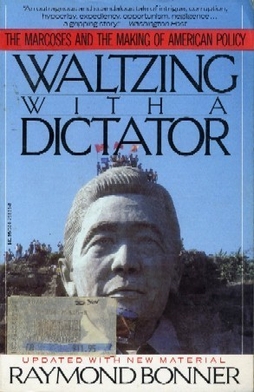
Waltzing with a Dictator: The Marcoses and the Making of American Policy is a 1987 book about the policies of the United States toward the two-decade Philippine presidency of Ferdinand Marcos, written by American investigative reporter Raymond Bonner. The book received mixed reviews from critics, who praised its thoroughly detailed history while criticizing its lack of satisfactory analysis.
Hellmut Otto Emil Lehmann-Haupt was a German-American author, academic, bibliography expert, and rare books expert. After World War II, he worked with the Monuments, Fine Arts, and Archives program, commonly known as the Monuments Men.
References
- ↑ Scanlon, Tom (1987-09-20). "Strong stomach required: Debauchery is revisited by Jim Carroll" (pages 1 and 2). Peninsula Times Tribune . Archived from the original (pages 1 and 2) on 2023-07-23. Retrieved 2023-07-23 – via Newspapers.com.
- ↑ Lehmann-Haupt, Christopher (1987-07-09). "Books of the Times; By Christopher Lehmann-Haupt". The New York Times . Archived from the original on 2023-07-23. Retrieved 2023-07-23.
- ↑ Hochswender, Woody (1987-10-18). "The Way They Were in Greenwich Village: Down and in Life in the Underground by Ronald Sukenick (Beech Tree Books/William Morrow: $17.95; 288 pp.): Forced Entries: The Downtown Diaries 1971–1973 by Jim Carroll (Penguin Books: $6.95; 184 pp". Los Angeles Times . Archived from the original on 2023-07-23. Retrieved 2023-07-23.
- ↑ Delacorte, Peter (1987-07-12). "A Follow-Through Beyond The Hoop" (pages 1 and 2). San Francisco Examiner . Archived from the original (pages 1 and 2) on 2023-07-23. Retrieved 2023-07-23 – via Newspapers.com.
- ↑ Menn, Joseph (1987-07-09). "Jim Carroll, escape article. A writer comes back from the edge" (pages 1 and 2). The Boston Globe . Archived from the original (pages 1 and 2) on 2023-07-23. Retrieved 2023-07-23 – via Newspapers.com.